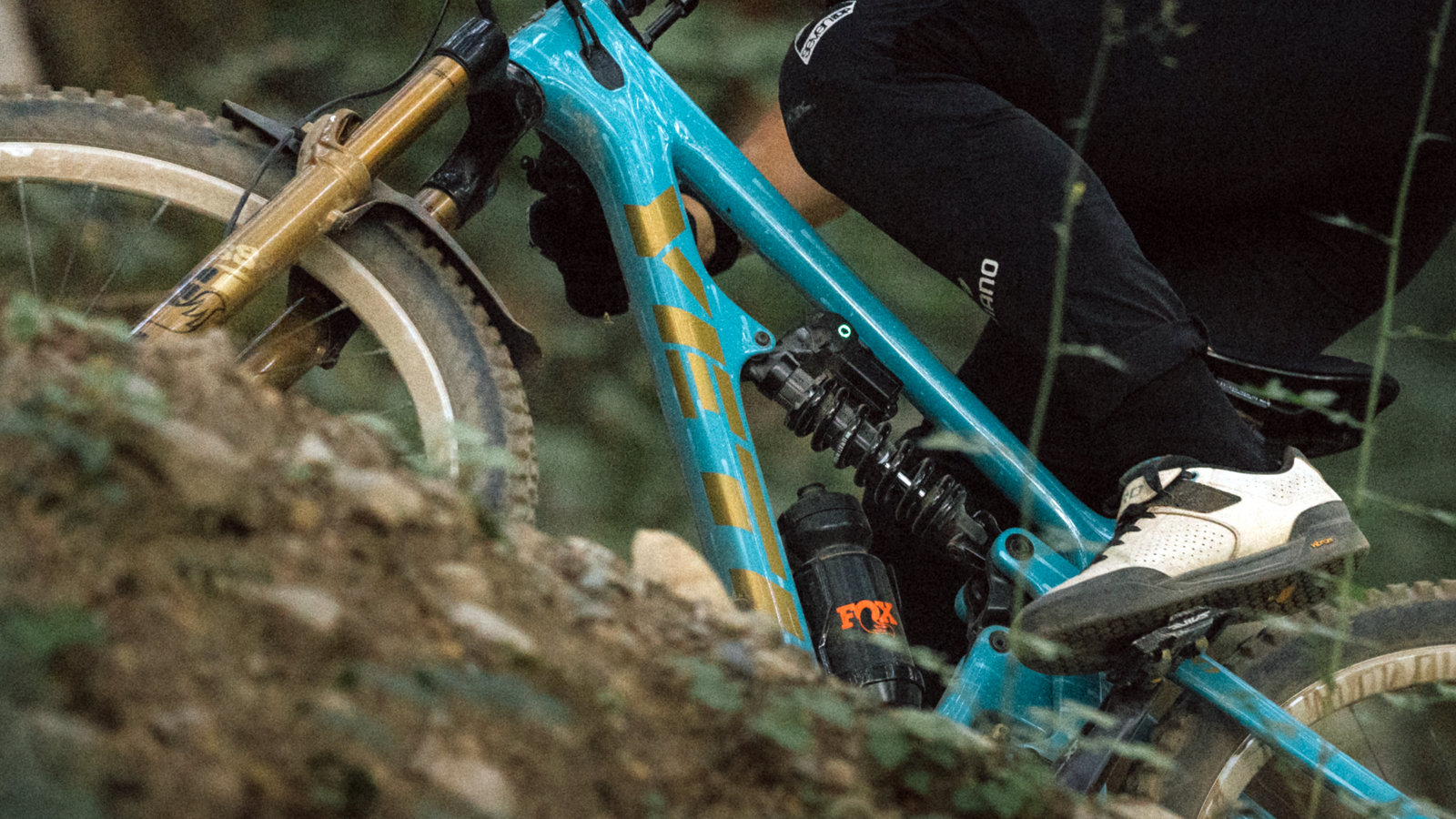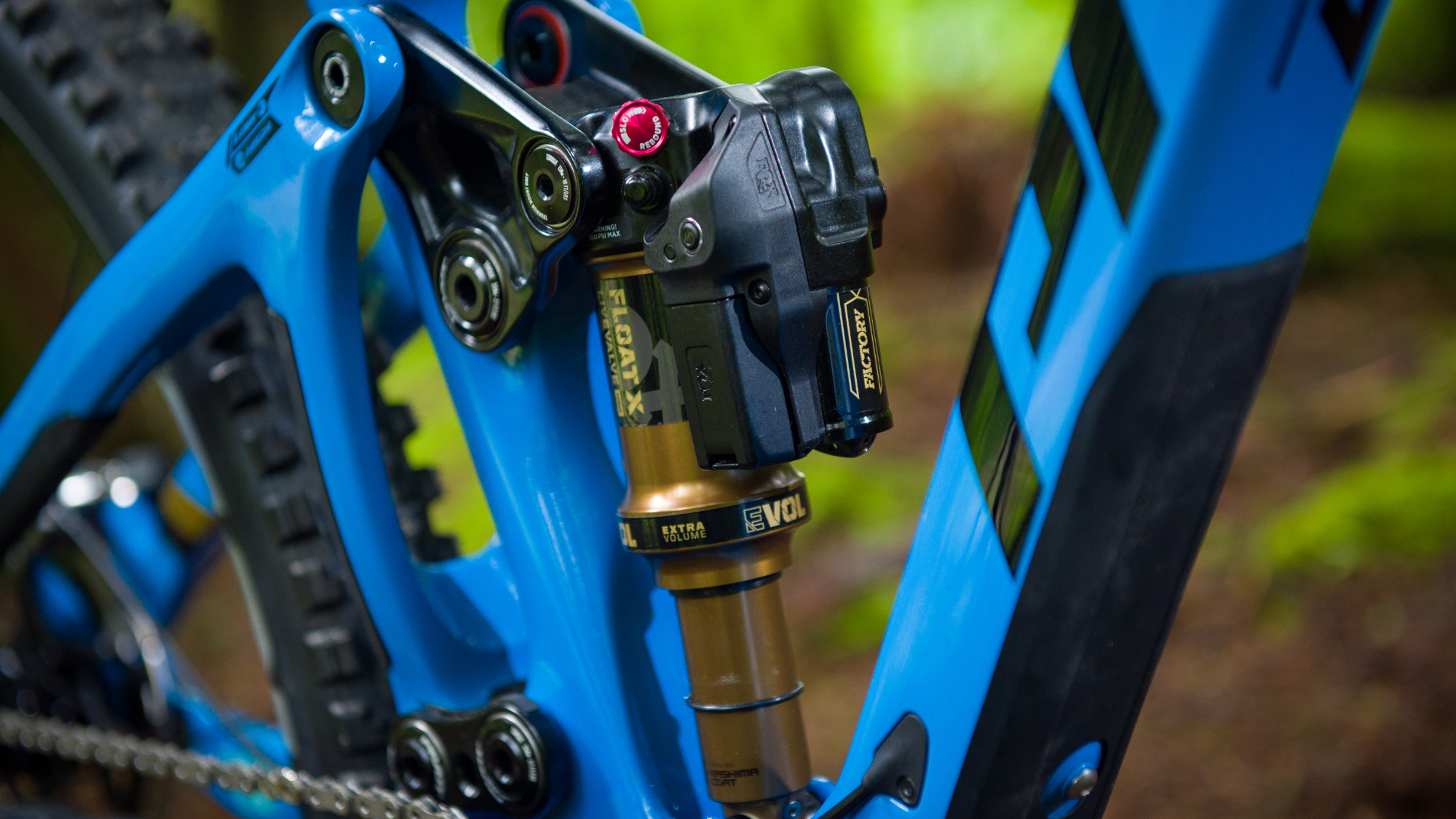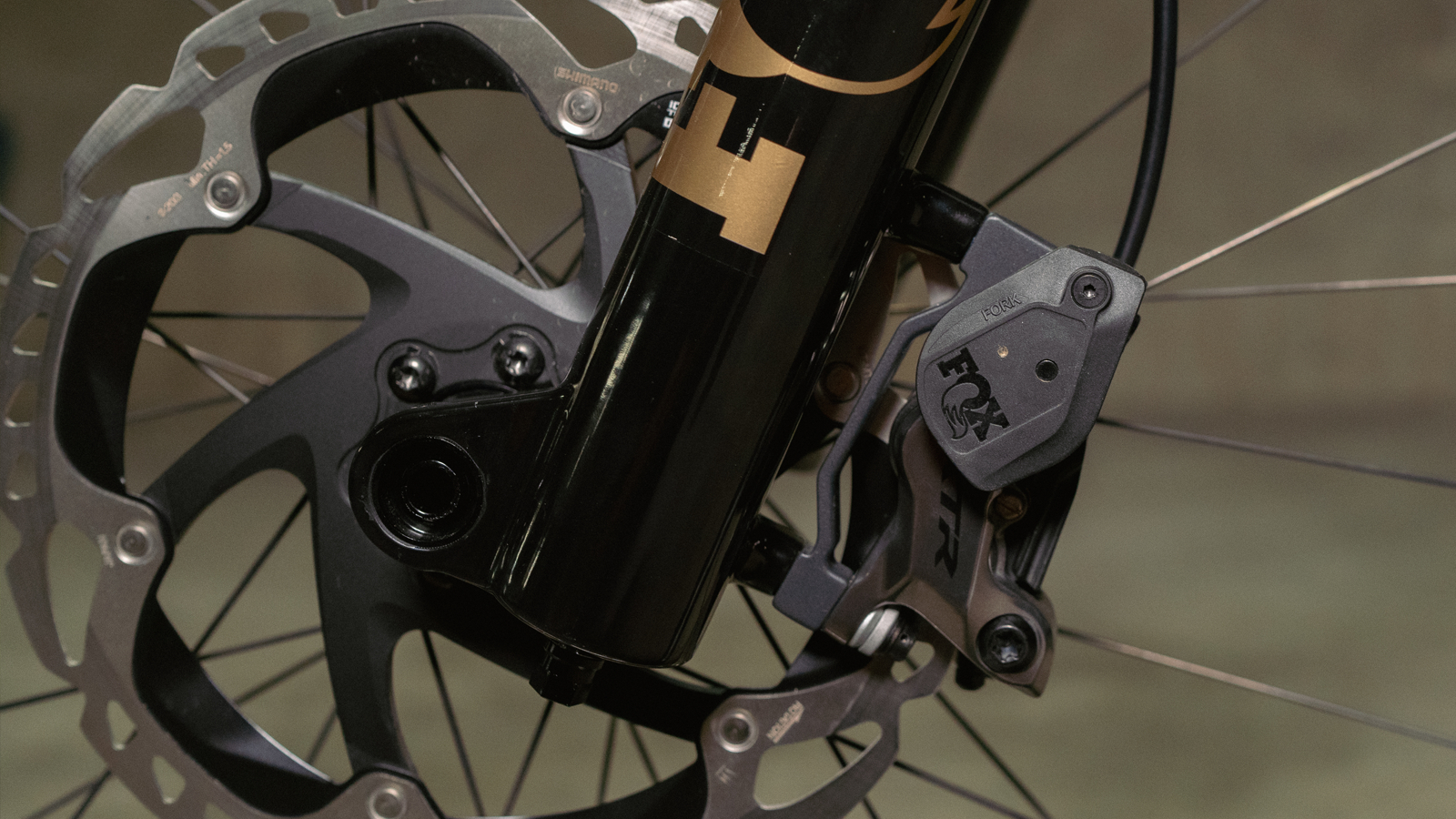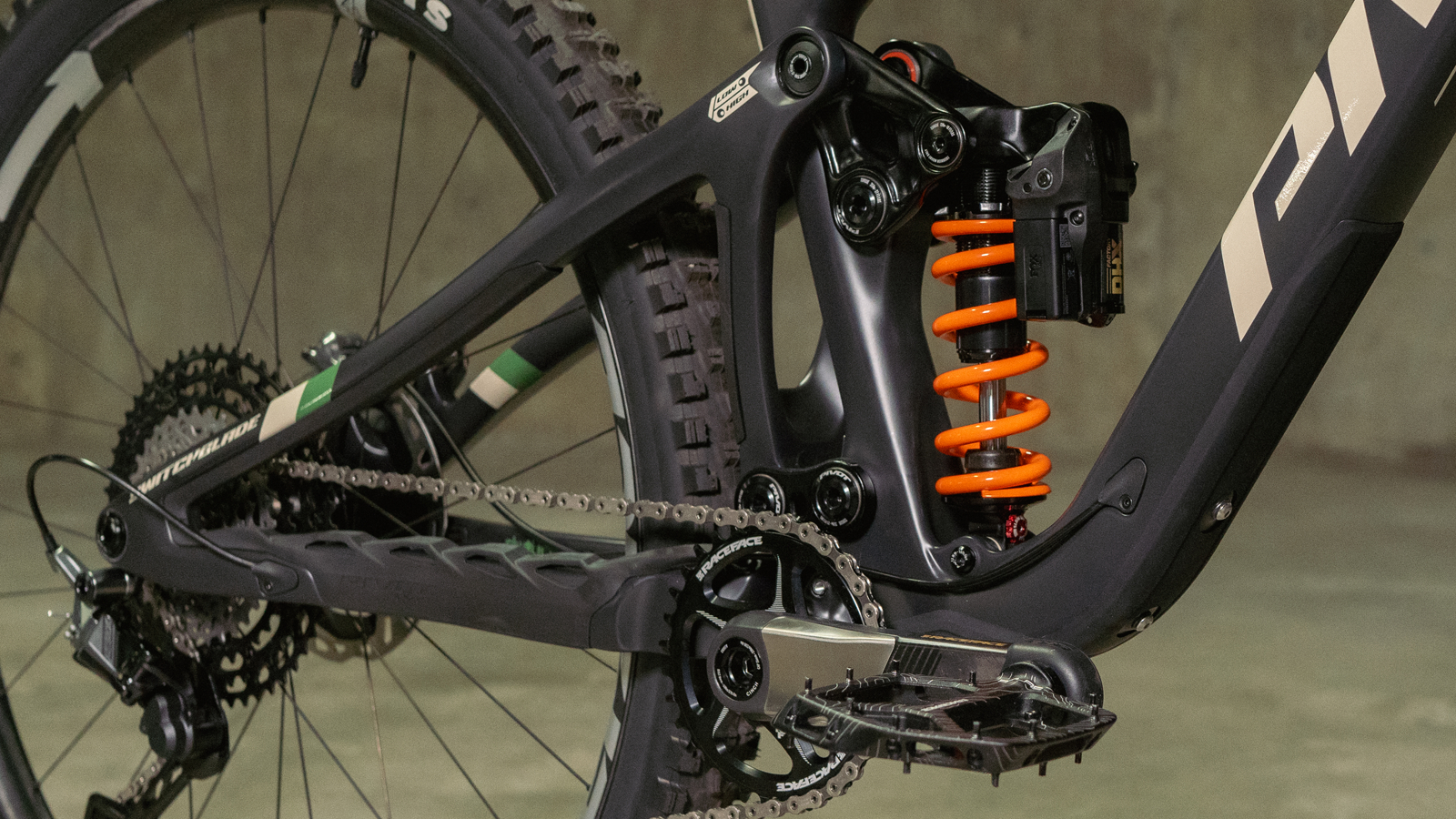Fox launches Live Valve Neo, a wireless electronic suspension system that can be fitted to any full-suspension bike
Fox reveals the true purpose for its ultra-fast Neo signal as its latest Live Valve Neo electronic suspension system goes wireless

With the wealth of boxes with flashing LEDs attached to shocks and forks in the World Cup pits, it is clear that electronic suspension could be the next big performance boost in mountain biking. There have been plenty of sightings of Fox equipping its best rear shocks with electronic wizardry, and today it officially lifted the lid on the latest version of its electronic suspension system, Fox Live Valve Neo.
Fox originally launched its Live Valve electronic suspension back in 2018, the system used cables to connect the fork and shock to a frame-mounted control unit. Live Valve Neo breaks free of the confines of cables, utilizing the same Neo wireless protocol that was announced with the release of the Fox Transfer Neo dropper post.

The Live Valve Neo system is made up of four components: a Fork Sensor, a Rear Sensor, the shock which is the system Controller, and the Fox Bike app.
The sensors are mounted on the front and rear brake calipers, with the front sensor housing a built-in accelerometer to determine both the angle of the terrain you are riding and the bump force experienced by the front tire while the rear sensor only measures the rear tire bump force.
Fox says the sensors send data about the terrain 400 times per second. This information triggers a 2-position magnetic latching solenoid in the shock’s compression circuit to switch the shock between two positions – Open and Firm in as little as 1/70th of a second. The Solenoid is powered using the same battery as the Transfer Neo, which is mounted on the shock.

The result is a system that Fox claims can instantly read terrain and adapting the shock while you ride. In open mode, the shock absorbs bumps and enhances traction but when pedaling, cornering, and jumping are detected it automatically switches to Firm mode. Most other suspension brands offer a climbing mode too, although Fox says that Live Valve Neo reacts so fast that it's no longer required.
This is similar to the suspension characteristics of the previous Live Valve, although Fox says Live Valve Neo brings more updates than just a cable.
Whats the difference between Live Valve and Live Valve Neo?
Beyond simply benefitting from the more advanced suspension tech of the current FLOAT X and DHX shock platforms, Fox has developed a new high-flow solenoid allowing the shock to perform better in open mode. Moving from sensors built into the shock and fork for sensors on the unsprung extremities of the bike may have also contributed to the improvement of pitch detection, with Fox noting a particular improvement when riding trail switchbacks.
Precision Mode offers more precise tunability of Live Valve Neo Tunes than the threshold adjust feature included in Gen 1 Live Valve, more on that further down. Fox says the system will even feature a Handlebar Switch to enable riders looking to switch Tunes on the fly, although there are no specifics as to when this will be released.

One feature that didn't ever materialize with the Gen 1 Live Valve was the tuning aspect. You could choose from five different tunes and edit the bump threshold that activated the suspension but that was it.
The new app offers loads of new tuning potential so you can adjust the system to perform to your personal preference. There are five default tunes – Standard, Firm, Plush, Open, and Closed – with additional tunes available for download and the ability to save and store your tunes in the Fox Bike app. You can even share tunes with other riders through QR codes.
Where it gets more interesting though is the new Precision mode. This gives more in-depth control to tunes, allowing riders to edit parameters such as Bump Sensitivity Thresholds (how much force is required to open the shock), Open Timers (how long the shock stays open), and Terrain Angle triggers (the angles required to transition between Climb, Flat, and Descend states) to suit their trails.
Like the Transfer Neo dropper post, the Fox Bike app will also keep track of service intervals and perform firmware updates.

Live Valve Neo will be available on either a Fox Float X Live Valve Neo (Factory and OEM-only Performance Elite) or Fox DHX Live Valve Neo (Factory only) shocks, sharing much of the same architecture as the standard shocks. Both shocks feature 10 clicks of tool-free low-speed compression adjustment, 12 clicks of tool-free rebound adjustment, and 6 clicks of Firm mode adjustment.
The Fox Live Valve Neo complete system utilizes a Kit and Shock of rider choice, with the Float X Live Valve Neo Factory full system retailing for $1398 / £1568.99 / €1798 and the DHX costing $1348 / £1548.99 / €1749.
Full pricing below:
- Live Valve Neo Kit: $399 / $534.65 CAD / £449.99 / €499
- Live Valve Neo Float X: $999 / $1,399 CAD / £1,119 / €1,299
- Live Valve Neo DHX: $949 / $1,269 CAD / £1,099 / €1,249
- Neo Spare Battery: $79 / $106 CAD / £99.95 / €99
- Spare Charger and Cable: $49 / $69 CAD / £62.95 / €79
Our take...
Following the release of Fox's Transfer Neo it was clear that Fox had more than a dropper post in mind when developing its Neo wireless protocol. Suspension was the obvious next application, allowing Fox to shed the unsightly mess of cables that came with the Gen 1 Live Valve.
Moving to a wireless design will be a big advantage for the adoption of Live Valve Neo. Frames no longer need specific Live Valve internal routing and battery mounts which limited availability and stopped Live Valve from being available as an aftermarket upgrade. With Live Valve Neo any bike can be set up to use the system.
Unlike the previous generation Live Valve, Live Valve Neo no longer controls the fork. Fox says the Neo system has been designed for Trail and All-Mountain riding where the majority of on-trail efficiency can be achieved from firm suspension is attributable to the rear shock. Despite the ultra-fast Neo communication, Fox says that even with a 1/70th of a second delay in opening the fork’s compression circuit is noticeable to riders and not worth the sacrifice in on-trail performance.
I tested Live Valve 1.5 during my review of the Giant Anthem Advanced Pro 29 and was very impressed with its perceptive performance for XC activities. Hopefully, we will see a cross-country version of Live Valve Neo, capable of controlling front and rear suspension, in the future.
In comparison, RockShox Flight Attendant controls both fork and shock and is available in enduro, trail, and cross-country versions. Live Valve Neo is arguably a little more simplistic than the auto-personalized Adaptive Ride Dynamic suspension of Flight Attendant, however, Live Valve Neo doesn't require you to run a specific fork and a power meter to use it.
I'm not going to pretend that Live Valve Neo is electronic suspension for the masses, a Float X Neo setup costs $1,398 / £1,568.99 / €1,798 and the DHX Neo comes in at $1,348 / £1,548.99 / €1,749 which is a healthy chunk of cash. That said, it's cheaper than the ZEB Ultimate Flight Attendant fork on its own $1,599 / £1,609 / €1,799, before you add the $949 / £939 / €1,049 for a Super Deluxe Ultimate shock (assuming it's compatible with your bike) and €480 / €480 / £430 power meter needed for the system to work.


Graham Cottingham joined the BikePerfect team as our senior tech writer in 2020. With over 20 years of riding experience, he has dabbled in downhill, enduro, and gravel racing. Not afraid of a challenge, Graham has embraced bikepacking over the last few years and likes nothing more than strapping some bags to his bike and covering big miles to explore Scotland's wildernesses. When he isn’t shredding the gnar in the Tweed Valley, sleeping in bushes, or tinkering with bikes, he is writing tech reviews for BikePerfect.
Rides: Cotic SolarisMax, Stooge MK4, 24 Bicycles Le Toy 3, Surly Steamroller
Height: 177cm
Weight: 71kg

